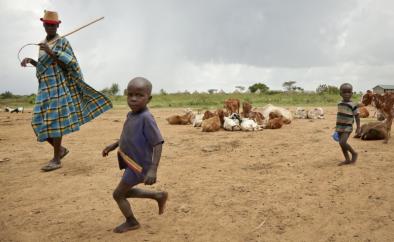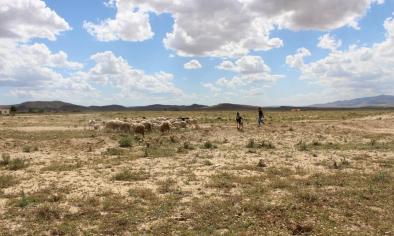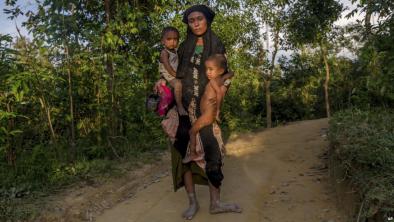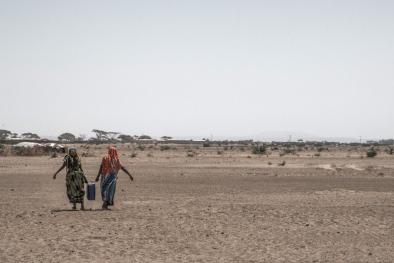Uganda: Key Message Update, July 2017
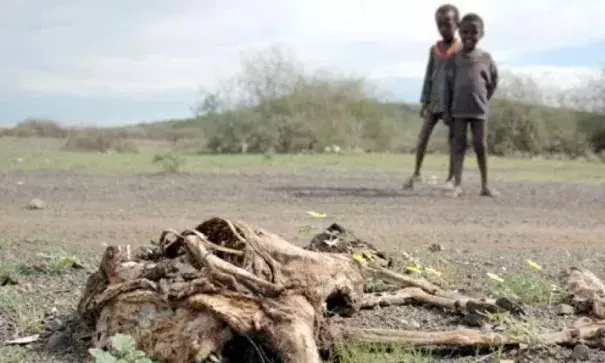
In Kanungu, Rukungiri, Rubirizi, Kisoro, and Kabale of southwestern Uganda, first season harvests are poorer than previously expected due to persistent moisture stress. However, food security among poor households is still improving in July due to the availability of some harvests and declining market prices. Minimal (IPC Phase 1) exists in these areas, but it is expected that some poor households who lost a significant proportion of their crops are Stressed (IPC Phase 2) and will remain Stressed (IPC Phase 2) through November.
In Karamoja, staple food prices have declined slightly due to green harvests in southern Karamoja and harvests in bimodal areas. However, prices in June remain 75-100 percent above average. Poor households are relying primarily on the sale of charcoal/firewood to purchase food and, as a result of high food prices, terms of trade are approximately 50 percent below average. In Napak, Kaabong, and Moroto, Crisis (IPC Phase 3) outcomes persist, but improvement to Stressed (IPC Phase 2) is expected in September with the harvest.
Conflict in South Sudan continues to drive displacement to Uganda, although the arrival rate slowed to roughly 700 people per day in July. As of July 18, over 990,000 South Sudanese have sought refuge in Uganda. Many who arrived before December 2016 cultivated and are now accessing cereals from June/July harvest, but remain heavily reliant on humanitarian assistance to meet their food needs. Refugees received a full ration in July, but WFP faces funding shortfalls in late 2017. In the absence of humanitarian assistance, refuges are expected to be in Crisis (IPC Phase 3).
Related Content
